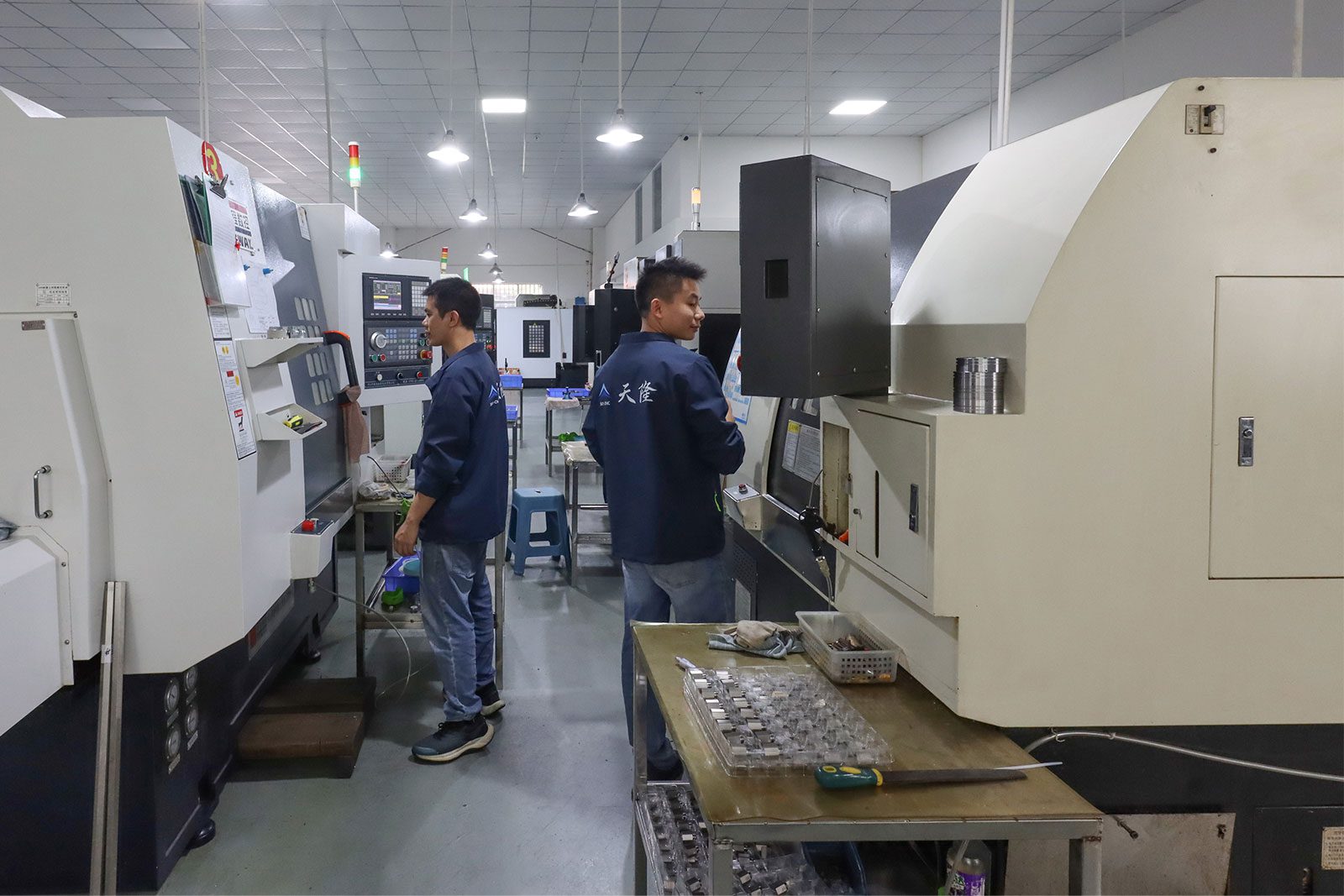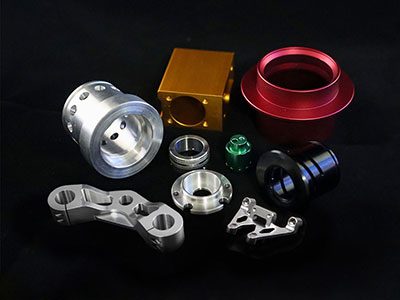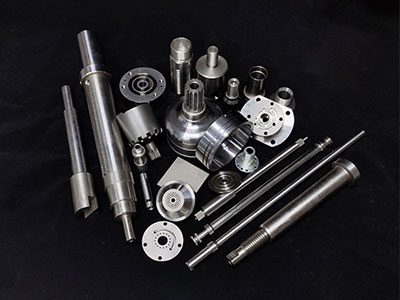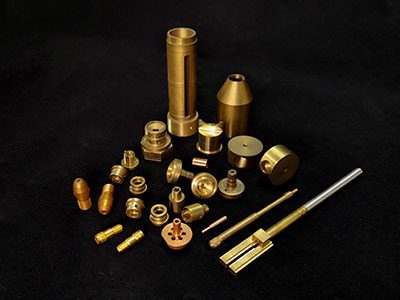Traditional CNC turning and milling machining are completed separately on different machines, while CNC turning and milling combined machining are completed on the same machine. This machining technique enhances production efficiency, reduces machining time, and enables high-precision machining. It is commonly employed in industries requiring high precision and intricate shapes, such as aerospace, automotive manufacturing, mold making, among others.
What is CNC Turning and Milling ?
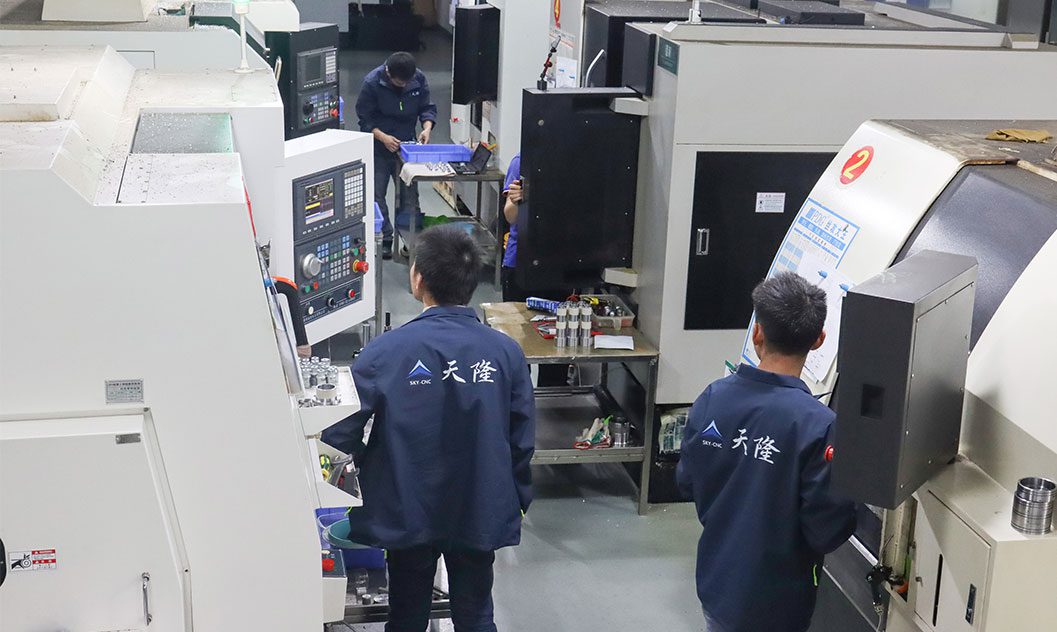
We are good at CNC milling and turning
With our arsenal of precision CNC mill-turn composite machines, we streamline the manufacturing process by completing both turning and milling operations in a single clamping. This integrated approach offers unparalleled efficiency, allowing us to produce components with optimal precision while significantly reducing production time and costs.
Turn-mill Swiss Type CNC Machining
SKY-CNC is equipped with precision CNC turn-mill compound swiss type machines and provides small-batch non-standard customized CNC machining services. It can process precision hardware small parts and slender shaft parts, and has advantages in industries such as medical devices.
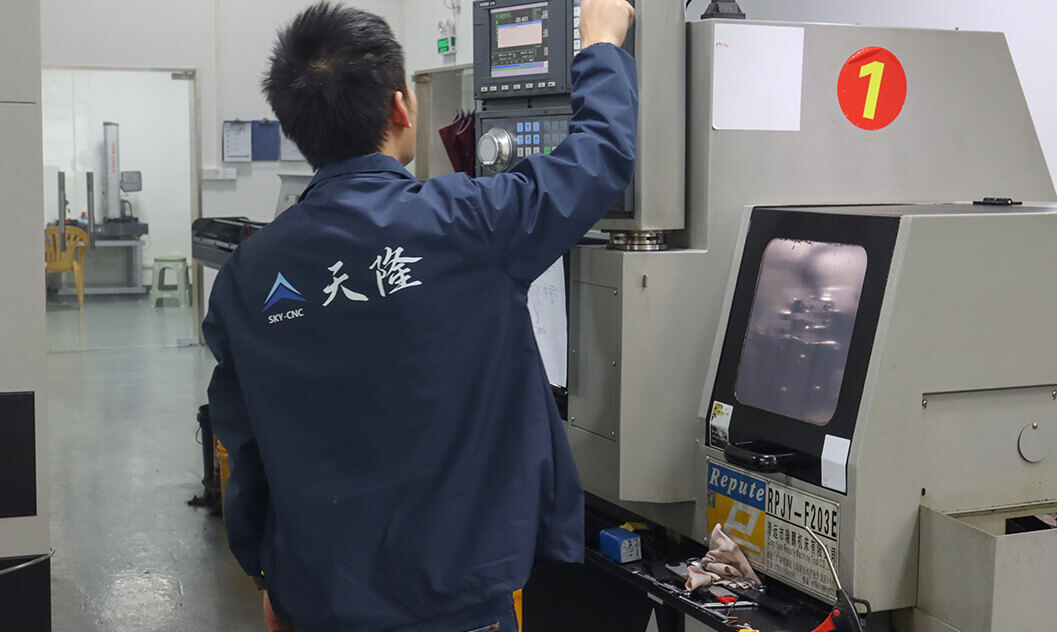
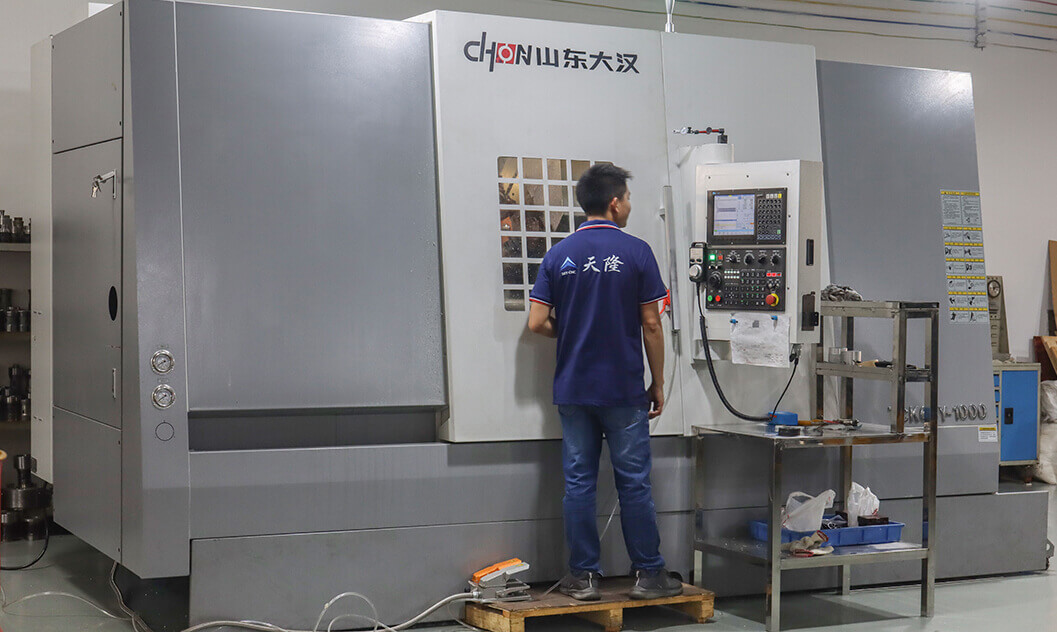
Large Parts precision CNC Machining
We are also have medium and large-sized turn-mill compound CNC machines and large 5-axis CNC machining centers, and can OEM large precision metal parts. Welcome to consult and request quotations with drawings.
Tolerance
+/-0.006mm
Surface Finish
Ra0.2
Roundness
+/-0.006mm
Concentricity
+/-0.006mm
Straightness
+/-0.007mm
Processable Materials
We specialize in machining metal components, including stainless steel, aluminum alloys, titanium alloys, and more.
Trusted across multiple industries
Get It Made is trusted to supply the highest level of precision for leading companies in a wide range of industries. Get It Made is proud to work with the following industries:

Mechanical Equipment
OEM CNC machining spindle shaft.
Military
CNC processing of military components.
Fiber Optic Communication
CNC titanium fiber optic equipment parts.
Green energy
CNC large shell parts.
Medical Device
CNC swiss-type machining long and thin shaft parts of medical equipment.
Robotics
CNC processing of automated robot parts
Aerospace
CNC machining stainless steel motor housing.
3C
CNC machining mechanical keyboard housing
Research & development
CNC processing of thin-walled parts
FAQ about CNC Turning and Milling
What is difference between turning and milling?
Turning involves rotating a workpiece while a cutting tool removes material to create cylindrical shapes. Milling uses a rotating cutting tool to remove material from a stationary workpiece, allowing for a wider range of shapes and features, including flat surfaces and intricate contours.
What is CNC turning and milling compound machining?
CNC turning and milling compound machining, or mill-turn machining, combines both turning and milling operations in a single setup using a CNC machine. It allows for the production of complex parts with greater accuracy and efficiency by seamlessly transitioning between turning cylindrical shapes and milling intricate features in a single operation.
What are the advantages of Turn-milling machining?
Turn-milling machining, also known as mill-turn machining, offers several advantages compared to traditional separate turning and milling operations:
Reduced Setup Time: Turn-milling eliminates the need for multiple setups required in separate turning and milling operations, leading to reduced setup time and increased efficiency.
Improved Accuracy: By performing turning and milling operations in a single setup, turn-milling ensures better dimensional accuracy and concentricity, as the part remains stationary relative to the cutting tool.
Enhanced Surface Finish: The combination of turning and milling allows for improved surface finish quality on complex geometries, as the same machine and tooling can achieve both roughing and finishing operations in one pass.
Increased Productivity: Turn-milling enables continuous machining without the need for repositioning the workpiece, resulting in higher productivity and shorter lead times for manufacturing complex components.
Cost Savings: With reduced setup time, improved accuracy, and increased productivity, turn-milling offers cost savings by minimizing idle time, tool changeovers, and material handling.
Versatility: Turn-milling machines can handle a wide range of part sizes and geometries, offering greater flexibility in manufacturing various components with complex shapes and features.
Overall, turn-milling machining provides a comprehensive solution for producing complex parts with high precision, improved surface finish, and reduced lead times, making it a preferred choice for modern machining applications.
